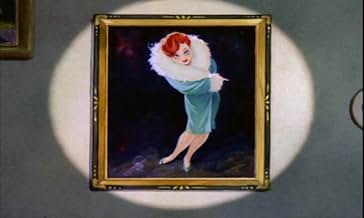A man is murdered in an isolated mansion, and the detective tries to find out whodunit. But the house he's investigating is decidedly haunted, and he never knows just what's 'round the next ... Read allA man is murdered in an isolated mansion, and the detective tries to find out whodunit. But the house he's investigating is decidedly haunted, and he never knows just what's 'round the next corner.A man is murdered in an isolated mansion, and the detective tries to find out whodunit. But the house he's investigating is decidedly haunted, and he never knows just what's 'round the next corner.

























